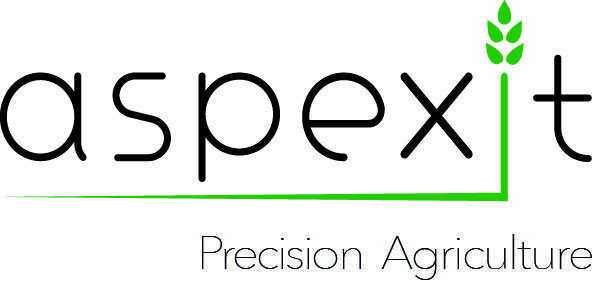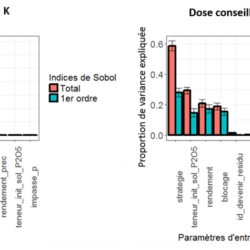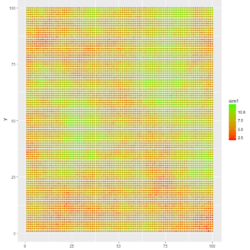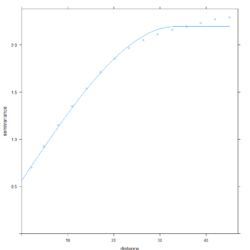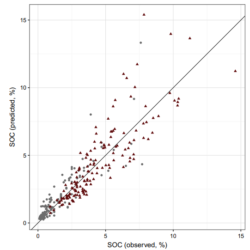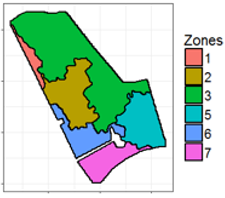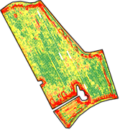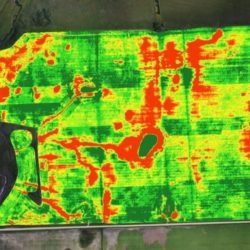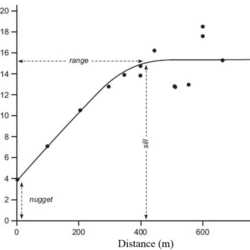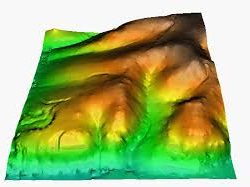Uncertainty and Sensitivity
Precision agriculture tools (pedestrian, static, tractor-mounted or airborne sensors, etc.) make it possible to acquire agronomic and environmental data sets at impressive spatial, temporal and attribute resolutions. Generally speaking, we tend to trust these captured data (sometimes too much), i.e., we often use them as they are, without really asking ourselves too many questions! However, Read more about Uncertainty and Sensitivity[…]
